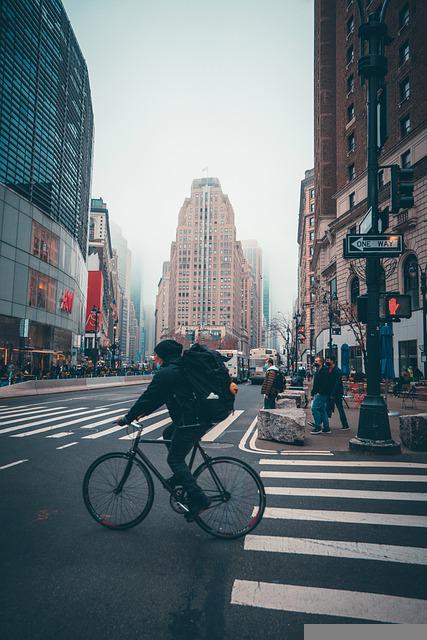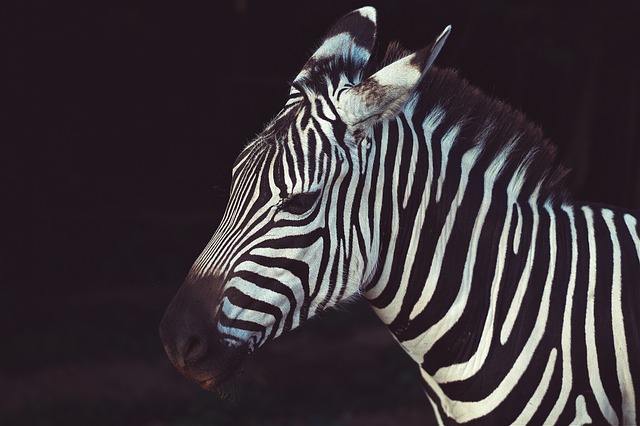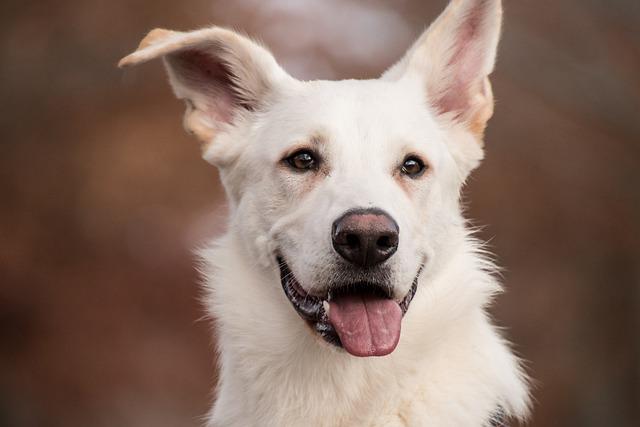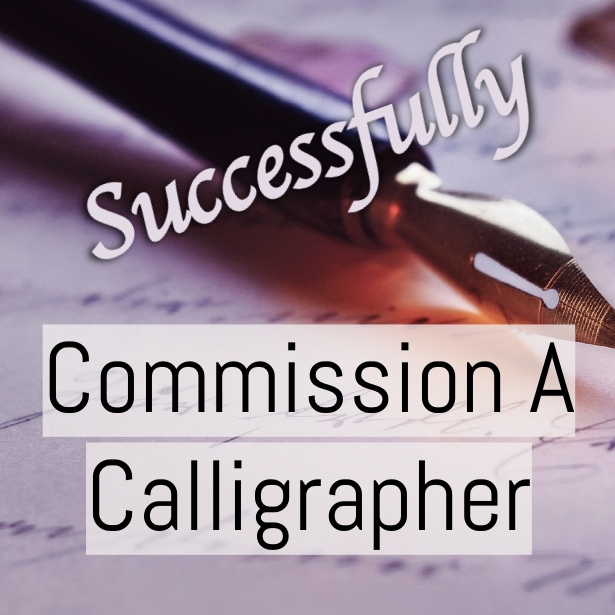
Photography is a hobby that takes talent and can be intimidating for a beginner. People who are new to photography may not know where to begin because of the extensive amount of information available on learning photography. These are some helpful suggestions to consider when you are wanting to take better pictures.
Pick what you want in the picture. A good photograph will be a small window that shows one view of your subject. Avoid the temptation to include your entire subject in the photo. To give an overview of a subject, take multiple pictures, instead of a single shot that may not have all of the details.
Keep the knowledge of the settings on your camera simple. Master one feature, such as shutter speed or aperture, one at a time. This will let you focus on the picture you are trying to capture, instead of wasting time messing around with your camera while your subjects walk away.
Shutter Speed Settings
Experiment with you camera’s shutter speed settings. Take the time to learn the ins and outs of shutter speed. The shutter speed settings you will find on your camera are: P,M,A & S. The “P” stands for program mode. This automatic setting sets your aperture and shutter speed automatically. If you don’t know what you’re shooting, use your “P” setting.
When taking photos of people, your subject will stand out best against a background that is a little blurred. When everything in the picture is focused including the background, it will make the picture a bit busy and it will be hard for the viewers to specifically focus on the subject of the picture. If you put some distance between your background and your subject, it helps viewers focus on the subject of your photograph.
Practice shooting under a variety of lighting conditions, from different angles, and with each of the built-in features included in your camera. You do not have to have a unique object to create a distinctive photo. As a photographer, you know you have talent when you can take pictures of familiar objects and make them look interesting and unusual. Try different things to see what works for you.
Always make sure you have a fully charged battery before any special event or when you are planning on using the camera. The LCD screen on a digital camera can eat a lot of battery power, so put freshly charged batteries in the camera before you need to use it. If you’re really dedicated to always being ready to shoot, bring along an extra set of camera batteries.
While you are traveling, photograph memorable souvenirs that you have purchased on-the-go. You could put the souvenir next to the store you made the purchase. You could even frame it next to your hotel pool. This will help you keep the narrative of your souvenirs alive well after you have returned from your vacation.

External Flash
Digital cameras normally contain a built-in flash, that automatically turns on when the natural light is too low. While convenient for snapshots, a more professional solution is to use an external flash to take advantage of more lighting options. Make sure that your camera contains a “hot shoe” that accommodates an external flash. Make a trip to a camera store to make sure you get the right flash for your camera.
When composing a shot, keep in mind the artistic axiom “less is more.” You don’t need to overdo your photo elements. Adopting a simple, minimalistic style can help you to identify the heart of a shot.
Read your camera’s manual. Manuals can be thick, heavy and contain a lot of technical terms. People will shove them in a drawer or even toss them in the trash. Rather than disposing of it, take some time and read it. It can really help you take better pictures and prevent you from making stupid mistakes.
Composite Photo
When you are ready to take a photo, you should first figure out if you need/want to expose the shadows or highlight of your subject. If you can’t choose between highlights and shadows, take two shots. If you still can’t determine which shot is better, use photo-editing software to blend the two shots into a new composite photo. This composite photo may seem perfect to your eye.
Never let yourself miss out on a wonderful picture because you were busy messing with your settings. However, you should not preset your camera, which lets your camera choose the settings itself. Look at your options to use the setting that lets you change what you need to change.
Figure out what ISO values work best for different shots, or you could end up disappointed. Remember that the higher you turn the ISO, the more you can see, and thus print, grain on your photo. Image noise is hardly ever acceptable and may leave your image looking artificial if you attempt to fix it in post processing.
Ideally, the insights you’ve gained here will enable you to approach photography in a uniform and organized way. If you follow the above tips and keep practicing, the quality of your photos will steadily improve.


